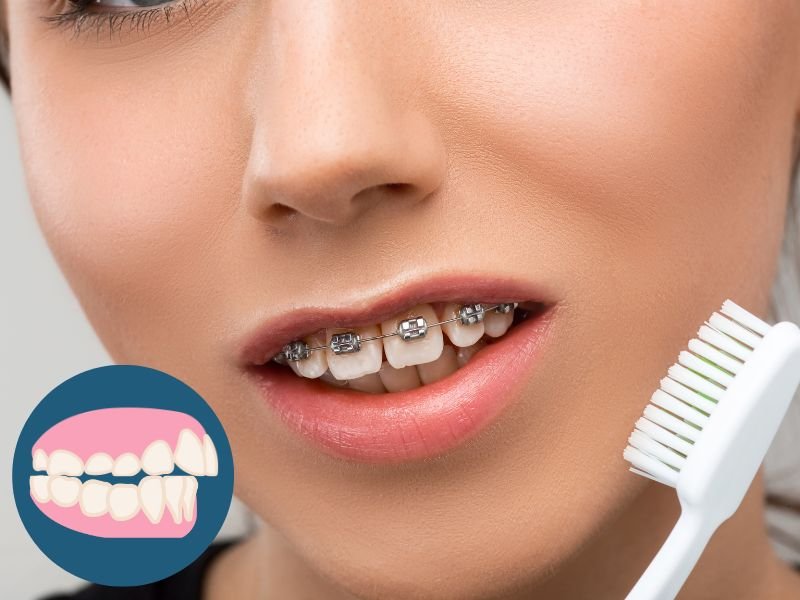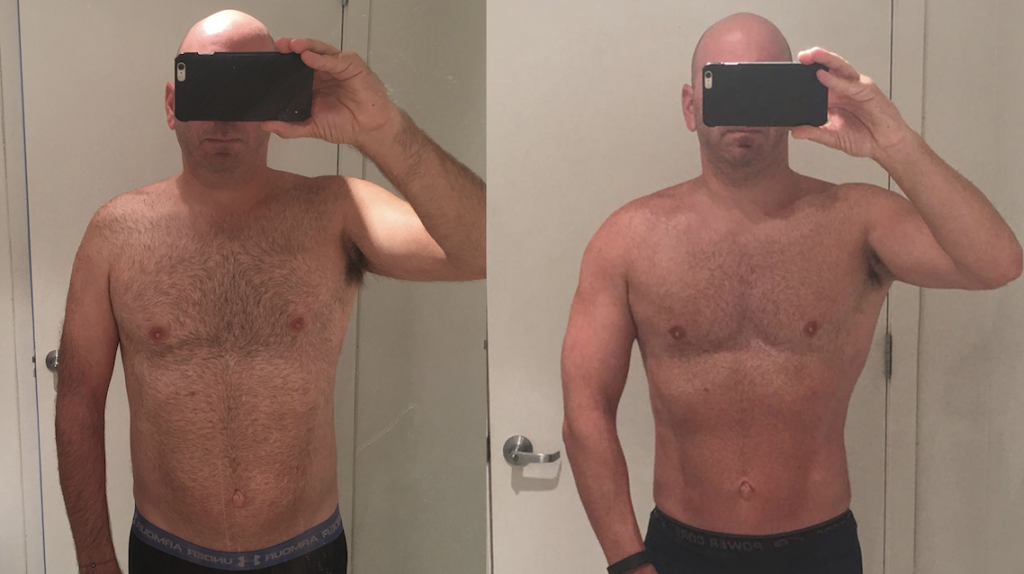Parents often rely on pacifiers to calm their babies, especially during sleepless nights or fussy days. While pacifiers can provide comfort, extended use may affect your child’s dental health and lead to a condition commonly called pacifier teeth. Understanding the causes, signs, and prevention strategies can help you avoid long-term dental problems for your child.
What Are Pacifier Teeth?
Pacifier teeth refer to dental issues that develop when a child uses a pacifier for too long. Prolonged sucking can alter the natural alignment of baby teeth and even affect jaw development.
In some cases, children’s teeth begin to shift forward, upward, or outward. An open bite may form where the upper and lower teeth don’t meet when the mouth is closed. Not every child who uses a pacifier will experience problems, but the risks increase significantly after prolonged use beyond age two or three.
How Pacifiers Affect a Baby’s Teeth and Mouth Development
The Role of Sucking Habits
Babies are born with a natural sucking reflex. It soothes them, helps with feeding, and provides comfort. While breastfeeding fulfills this need, pacifiers and thumb-sucking can extend the habit beyond feeding.
Potential Dental Issues from Pacifier Use
- Open bite: Top and bottom teeth don’t meet properly.
- Overbite or overjet: Upper teeth protrude too far forward.
- Crossbite: Teeth don’t line up correctly side to side.
- Palatal changes: Roof of the mouth may become narrow or misshaped.
- Delayed eruption: Baby teeth may emerge later than usual.
When Pacifier Use Becomes a Concern
Pacifiers are generally safe in the first year of life. Problems start to emerge if:
- The child uses a pacifier beyond age 2–3.
- Pacifiers are used throughout the day, not just during naps or bedtime.
- The child sucks vigorously rather than lightly.
Signs Your Child May Have Pacifier Teeth
Watch for these red flags:
- Gaps or uneven spacing between front teeth.
- Teeth slanting outward or upward.
- Trouble closing the mouth completely due to an open bite.
- Speech delays or difficulty pronouncing certain sounds.
Quote from a Pediatric Dentist:
“If you notice changes in your child’s bite or speech patterns, schedule a dental exam early. Many cases of pacifier teeth are reversible if caught soon enough.”
How to Prevent Pacifier Teeth
Choosing the Right Pacifier
- Orthodontic pacifiers are designed with a flattened nipple to reduce pressure on teeth and jaw.
- Choose the right size based on your child’s age.
- Replace worn-out pacifiers regularly to avoid hard, misshaped nipples.
Limiting Pacifier Use
- Reserve pacifier use for naps and bedtime only.
- Avoid letting your child walk around with a pacifier in their mouth.
- Never dip pacifiers in sweet substances, which can lead to cavities.
Knowing the Right Time to Wean
- Begin gradual weaning after 12–18 months.
- Aim to completely stop pacifier use by age 2–3 to avoid lasting dental effects.
Weaning Strategies – Helping Your Child Give Up the Pacifier
Weaning doesn’t have to be a battle. Here are practical methods:
- Gradual reduction: Limit use to specific times of day until the habit fades.
- Substitute comfort: Offer a favorite stuffed toy or blanket instead.
- Positive reinforcement: Use reward charts or praise for pacifier-free days.
- Cold turkey: For some families, removing the pacifier altogether works best.
Case Study: A Mother’s Experience
Sarah, a mom of two, shared:
“We started by letting our daughter have the pacifier only at bedtime. After two weeks, we replaced it with a soft toy. Within a month, she didn’t ask for it anymore. Surprisingly, she slept even better without it.”
Treatment Options If Your Child Develops Pacifier Teeth
Early Intervention
- Visit a pediatric dentist by your child’s first birthday.
- Monitor bite alignment as teeth emerge.
- Early detection can prevent more invasive treatment later.
Corrective Treatments
If misalignment persists:
- Orthodontic devices such as retainers or palate expanders may be needed.
- Braces may be recommended for older children with severe alignment issues.
Speech Therapy (if needed)
Some children may benefit from speech therapy if pacifier use has affected tongue movement or pronunciation.
Pacifier Teeth vs. Thumb Sucking – Which Is Worse?
| Factor | Pacifier Use | Thumb Sucking |
| Control by parents | Easier to limit and remove | Harder to control |
| Dental impact | Can cause misalignment if prolonged | Similar risks, often stronger |
| Weaning difficulty | Easier to stop around age 2–3 | More difficult, habit persists |
Verdict: Pacifiers are generally easier to manage, but both habits can lead to dental problems if they continue beyond the toddler years.
Expert Recommendations on Pacifier Use
Pediatric experts recommend:
- Allow pacifier use for infants under 12 months to reduce the risk of SIDS (Sudden Infant Death Syndrome).
- Begin weaning after 1 year to avoid long-term effects.
- Schedule regular dental visits to track tooth and jaw development.
For authoritative guidance, refer to the American Dental Association and American Academy of Pediatric Dentistry.
FAQs About Pacifier Teeth
Can pacifier teeth correct themselves?
Yes, mild cases often resolve naturally once pacifier use stops.
Do orthodontic pacifiers prevent dental issues?
They reduce risk but don’t eliminate it completely.
Is it too late to stop the pacifier after age 3?
No, but the likelihood of dental treatment increases.
How soon should I see a dentist if I notice misalignment?
Schedule an appointment immediately if you notice changes in bite or speech.
Conclusion
Pacifiers can be a lifesaver during the early months, but overuse carries risks. Pacifier teeth are preventable if you choose the right pacifier, limit usage, and start weaning by age two. Regular dental checkups ensure that any early signs of misalignment are addressed before they become serious problems.
With mindful use and early intervention, your child can enjoy the comfort of a pacifier without sacrificing a healthy smile.














Leave a Reply